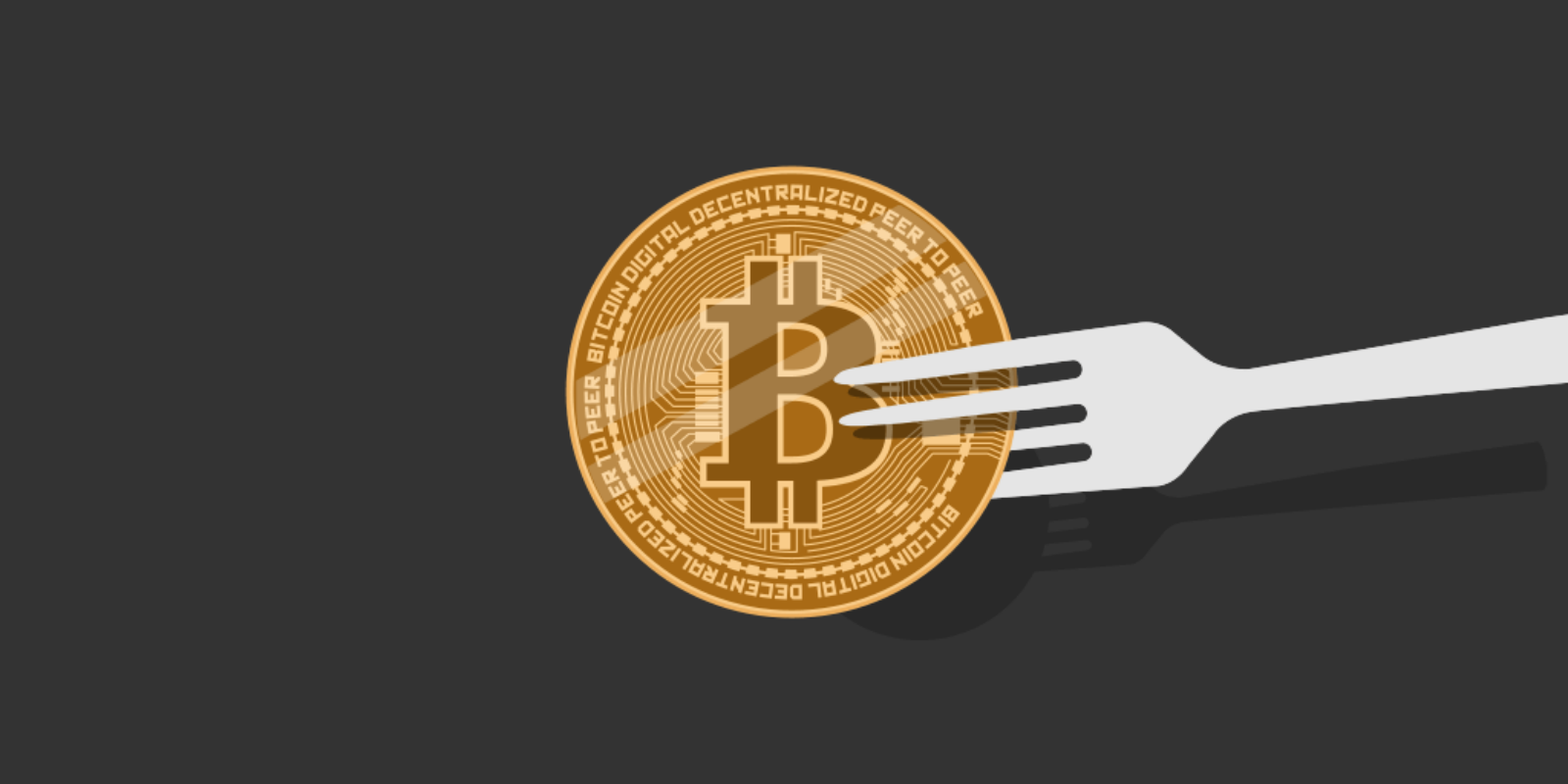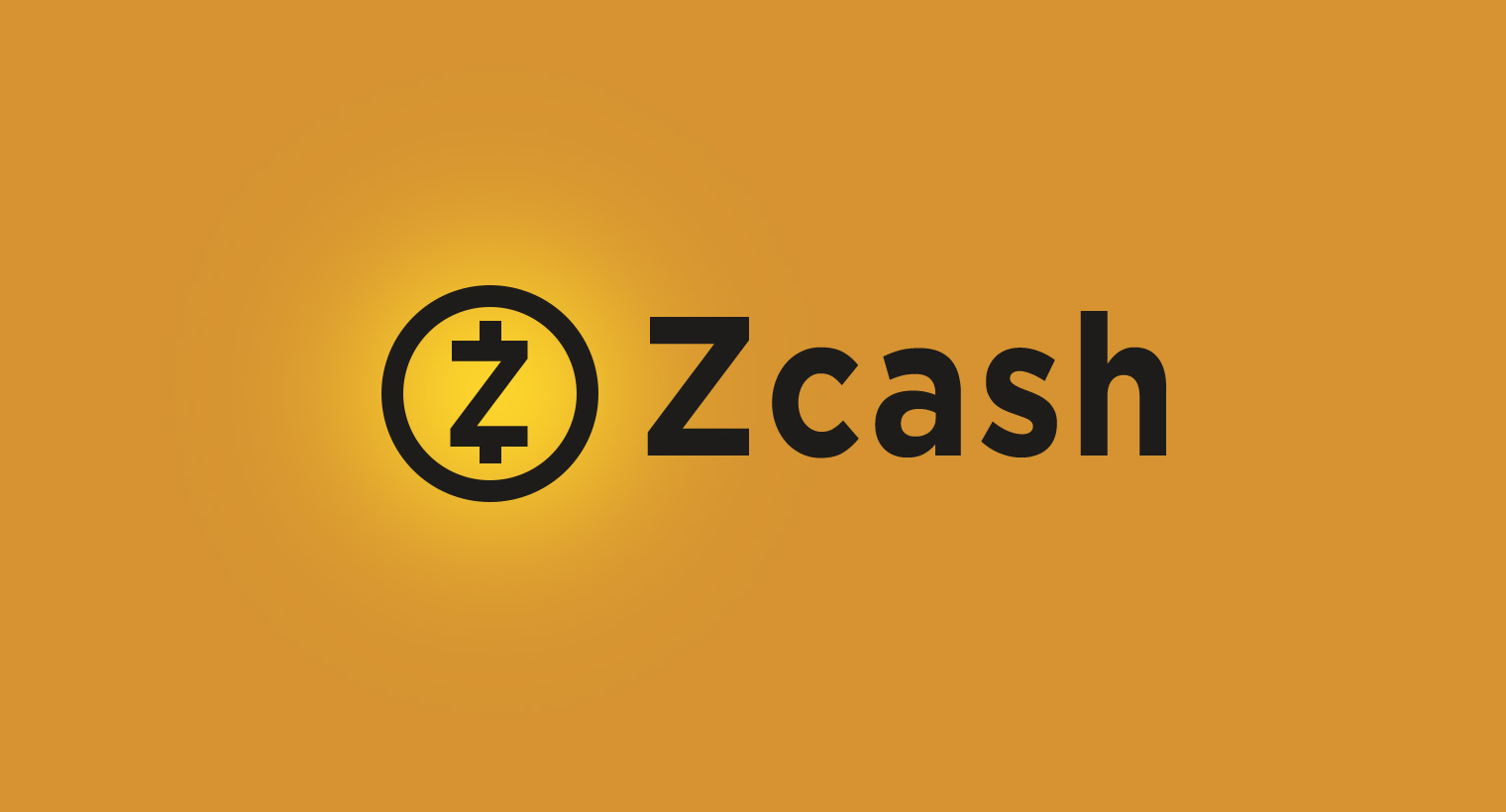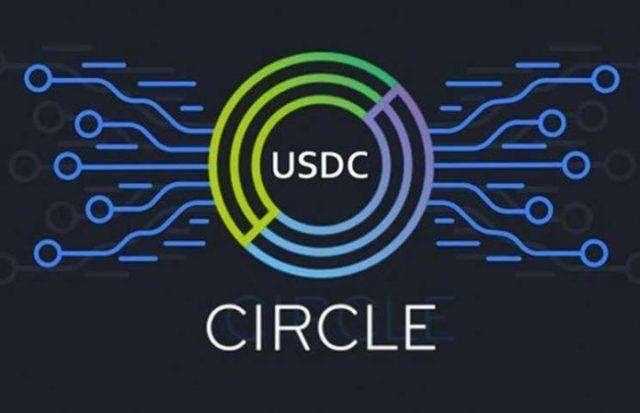Ethereum’s ‘london’ Hard Fork Is Successfully Activated
Content

More interesting is the running total, which you can see at the top of the Etherscan.io blocks list. At the time of writing, just under 900 blocks after the London fork went live, about 760 ETH has already been burned—aka, destroyed. The big issue at stake is that the ether that would have gone to the miner in the previous iteration now gets “burned” and permanently removed from the network. While some view this as a potentially deflationary mechanic, with a rise in price being created due to less supply, not all are on board with that takeaway. BitDegree Crypto Reviews aim to research, uncover & simplify everything about the latest crypto services. Easily discover all details about cryptocurrencies, best crypto exchanges & wallets in one place. Read fact-based BitDegree crypto reviews, tutorials & comparisons – make an informed decision by choosing only the most secure & trustful crypto companies.
One of the main goals for the Ethereum team is to show just how beneficial and fast a Proof of Stake system is when compared to a Proof of Work one. It eliminates a lot of the PoW system’s flaws (electricity, cooling and device costs, a need for a huge and open area, etc.). Byzantium was a phase which aimed to make the Ethereum platform more secure and better optimized. This was done one step at a time, but the initial goal was to make the network safer and more fluid to use. There are a couple of key features that the Metropolis Ethereum fork aims to improve.
Ethereum Fork Summary
It has since been resolved; the testnet worked as intended in avoiding a problem before it got to the main network. “We’ve had both technical and economic audits of the EIP, have done extensive testing and have seen it work as intended both on Ethereum testnets and other blockchains.” Led to a consensus error that took 12% of all Ethereum nodes—the computers that help run the network—offline shortly after it was implemented.
What happens after a hard fork?
Understanding Hard Forks
After the new rule is added, one path follows the new blockchain while the other continues along with the old one. If one group of users (or nodes) uses the old software while the others use the new software, a permanent split can occur.
The decision to implement a hard fork that would restore all of the stolen crypto coins was swift, but it also received quite some backlash. They change the cryptocurrency’s protocol itself, rendering the older versions of that protocol invalid. If it continues to live on, it will result in a split from the new version. Ethereum has such examples, and we shall talk about them in the upcoming paragraphs. A fork in the cryptocurrency world is known as a change in that currency’s protocol. This type of change makes previous versions of blocks valid and the current version invalid . After EIP-1559, users will pay a “base fee,” which will be algorithmically determined by the network depending on how busy it is, instead of submitting bids.
Whereas with a hard fork, both the old and new blockchains exist side by side, which means that the software must be updated to work by the new rules. Both forks create a split, but a hard fork creates two blockchains and a soft fork is meant to result in one.
Why Does The Ethereum Blockchain Need Improvements?
Almost all users and developers prefer a hard fork over a soft fork due to the differences in security between these types. Overhauling all the blocks within the blockchain requires a large amount of effort and computing power, but the privacy from a hard fork is an important differentiator. “The proposal in this EIP is to start with a base fee amount which is adjusted up and down by the protocol based on how congested the network is. When the network exceeds the target per-block gas usage, the base fee increases slightly and when capacity is below the target, it decreases slightly. Ethereum is a technology that makes use of blockchain technology to facilitate peer-to-peer contracts. Unlike traditional contracts, written in human languages, these smart contracts are written in codes that a computer can execute. The Ethereum network acts as a single decentralised computer that runs the code, meaning all computers in the network will agree with the outcome of each smart contract.
- In 2014 the Nxt community was asked to consider a hard fork that would have led to a rollback of the blockchain records to mitigate the effects of a theft of 50 million NXT from a major cryptocurrency exchange.
- While bitcoin is well known as ‘digital gold’, Lucas Outumuro, head of research at Into the Block, said that EIP-1559 will “fundamentally change” the way we value ether.
- To make sure the network incentivizes validators to Ethereum 2.0’s Proof of Stake consensus model at the correct time, EIP-3238 has delayed the time bomb.
- Increases in block difficulty of the proof-of-work consensus mechanism threatened to degrade the usability of Ethereum by increasing wait times for sending transactions and using dapps.
- Ethereum Foundation’s last proof-of-concept prototype, which was codenamed “Frontier”, went live on 30 July 2015.
While the implementation of the hard fork definitely provides relief for blockchain enthusiasts everywhere, the fight is not completely over. It would take some time for the market value of ETH to recover from its losses.
What Is Hard Fork?
The most prominent example of a hard fork is Bitcoin Cash , which happened in 2017. At that point, developers wanted to improve the scalability of Bitcoin , so they proposed to increase the block size.
- Serenity is a huge milestone as it would change the entire landscape of Ethereum.
- In the previous pricing mechanism, the transaction fees would go to the miner directly, but now, there is a fixed-per-block network fee that is burned.
- But the upgrade is massive enough that many warn that it won’t be a straight shot from point A to point B.
- However, Ethereum attempts to keep blocks around 50% full even without tips.
Orchid’s probabilistic nanopayments mechanism transmits payment tickets off-chain in order to drastically reduce the cost of sending a single payment. This means that around 50% of Ethereum nodes are running a split-off chain with out-of-date and bugged software that could allow double-spends. Don’t get us wrong, the current privacy settings and options of Ethereum aren’t bad at all.
What Is Blockchain?
This is the only change introduced in this upgrade, and is similar in nature to the Muir Glacier upgrade. Similar changes have been performed on the Byzantium, Constantinople and London network upgrades.
Takeaways: 5 years after The DAO crisis and Ethereum hard fork – Cointelegraph
Takeaways: 5 years after The DAO crisis and Ethereum hard fork.
Posted: Sat, 17 Jul 2021 07:00:00 GMT [source]
This could result in the circulating supply of Ether beginning to dwindle over time, potentially giving ETH’s value a boost. Ethereum’s London hardfork will significantly alter the way its transactions are processed, how miners are compensated and the supply of Ether tokens. The upgrade will introduce Ethereum Improvement Proposal which will provide clear pricing on user transaction fees to be paid that are then”burned” — or an intentional destruction of tokens — to Ethereum Hard Fork reduce the supply of ETH. EIP-1559 addresses this issue by dynamically adjusting the base fee with an algorithm that measures network activity and the availability of block space. If the number of transactions in a block exceeds a predetermined “gas target,” the base fee will increase by 12.5%. This new pricing mechanism is designed to prevent fees from unexpectedly spiking—and, consequently, to prevent miners from extracting unreasonably high transaction fees.
Many people disagreed with the update and stayed on the old chain—Bitcoin continues to run on the old chain while some flocked to the new BCH chain. For months, Ethereum users have been looking to this upgrade to boost ETH prices, make fees lower, and take the guessing game out of transactions. But the upgrade is massive enough that many warn that it won’t be a straight shot from point A to point B. Developers will be on the lookout for any hitches to the network’s consensus mechanism, while users will double-check the price of every transaction.
What The London Hard Fork Means For Ethereum And Orchid
In contrast, PoS is based on users “staking” a cryptocurrency by depositing it in order to become a validator and thereafter deriving income by getting rewarded for being a good validator. Hard forks and soft forks are essentially the same in the sense that when a cryptocurrency platform’s existing code is changed, an old version remains on the network while the new version is created.
High fees are caused by limited network capacity to process transactions. The EIP-1559 update is designed to reduce the volatility of gas fees; it will have little bearing on how many transactions the network can actually handle. In order for ETH to become deflationary in the monetary sense of the word, more ETH would have to be burned than issued. On its own, the burn fee mechanism is not enough to determine if the supply will increase or decrease. With this strain, gas fees have become astronomical; at times costing more than a wire transfer. Going forward, there will be much more price predictability within the market with gas fees quoted as a fixed versus moving price. In addition, a portion of these fees will be burnt or destroyed, thereby creating a mechanism of extra scarcity within the network putting upward pressure on price.
The first of the upgrades leading up to the launch of Eth2.0, dubbed the Berlin hard fork, was successfully implemented in April of this year. The upgrade included several Ethereum Improvement Proposals, or EIPs, designed to optimize fee usage and improve network security. These included EIP-2565, which helped to reduce gas fees for most transactions, and EIP-2929, which deters Denial-of-Service attacks. The two versions of the software typically remain compatible in soft forks, while that is not the case for hard forks.

Under EIP-1559, this process will be handled by an automated bidding system with a set fee amount that fluctuates based on how congested the network is. Hard and soft forks are similar in that when a blockchain rule is changed, the old version remains in the network while the new one is also present. A hard fork refers to a radical change to the protocols of a blockchain network. Another big feature of the EIP-1559 upgrade is that it is designed to reduce the number of Ether coins in circulating at any given time. This could potentially result in higher prices, assuming the demand remains constant.
Ethereum Prices Hit Resistance As Major London Upgrade Looms
Istanbul brings upgrades that will alter the cost of various opcodes to prevent spamming blocks and improve overall denial-of-service attack resilience. This upgrade will enable greater Ethereum and Zcash interoperability as well as with other Equihash-based proof of work cryptocurrencies. There will be various changes to opcodes , which will also increase scalability performance for solutions based on zero-knowledge privacy technology like SNARKs and STARKs. Naturally, the revenue-reducing implications of EIP-1559 have been met with resistance from the Ethereum mining community, with some signing petitions advocating for changes to the proposal. This raised concerns that miners would rebel and refuse to implement the London hard fork, thereby causing the update to fail. However, the resistance eventually subsided after miners realized that they risked losing even more revenue if they refused to support the upgrade. Currently, Ethereum users pay a gas fee to miners in order for their transaction to be confirmed (i.e. included in a block).
However, in rare cases, disagreements over forks can cause the network to permanently split – most notably the creation of Ethereum Classic with the DAO fork. Many anticipate that the new hard fork update will bring about a sudden slump in ETH gas prices, making it cheaper for transactions to take place across the network. This means that the miner who used to receive 100 per cent of the transaction fees will now only pocket the optional “incentive tip” that incentivizes the miner for faster inclusion of a transaction in the blockchain.

The proposal repriced some opcodes to prevent denial-of-service attacks from being worthwhile. In the blockchain space, the term “difficulty” refers to how much effort it takes a computer to mine the next block. The difficulty is readjusted automatically in order to stabilize block times. As more blocks are being mined in a given time frame, the difficulty is raised, and vice versa.
After the London Hard Fork activation, the next step will be the Ethereum 1.0 and 2.0 merger phase and the deployment of Layer 2 scalability solutions. These events are expected to happen by early 2022, but EIP 1559 is already a point of contention among miners. Therefore, the transition to Ethereum 2.0 does not promise to be smooth.

After EIP-1559, the gas fee will be sent to the network, and then burned, or taken out of circulation. The Ethereum 2.0 network will be structured in such a way that it moves from the “proof-of-work” mining system currently being used to a “proof-of-stake” system. This new system would require users to leverage the ether they already own as the way to verify transactions and make new coins.
Author: Chaim Gartenberg
